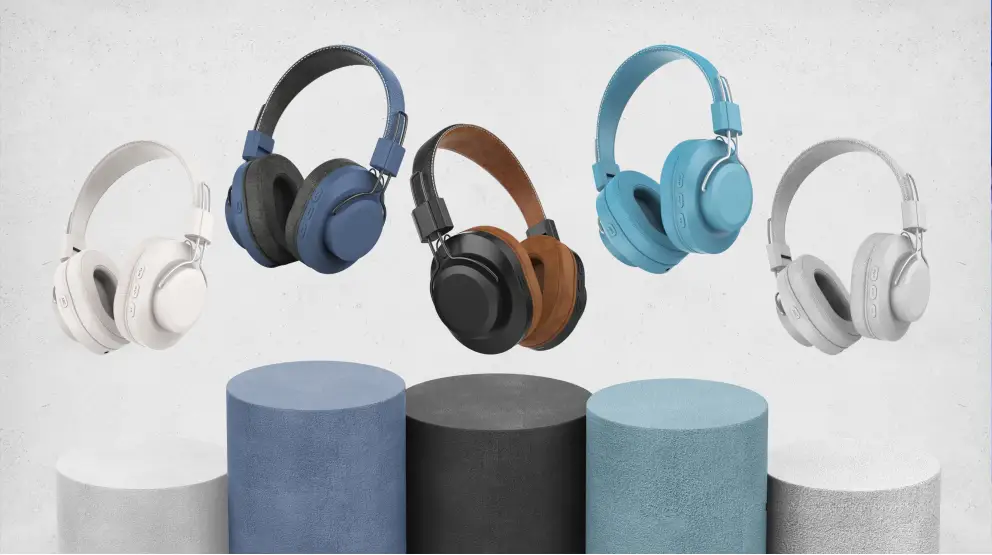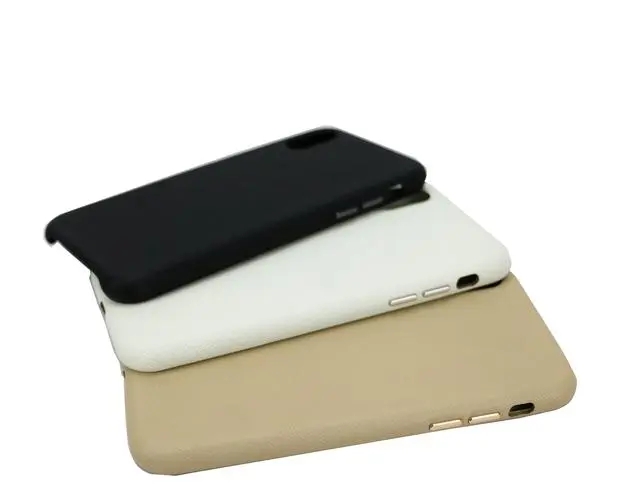Silicone leather is a new type of environmentally friendly leather, made of silicone as raw material. This new material is combined with microfibers, non-woven fabrics and other substrates, and processed and prepared. It is suitable for a variety of industrial applications. Silicone leather uses solvent-free technology to coat and bond silicone on various substrates to make leather. It belongs to the new material industry developed in the 21st century.

In recent years, with the rapid development of the 3C (computer, communication and consumer electronics) industry, the demand for new environmentally friendly materials has become increasingly strong. Silicone leather has been widely used in the 3C field due to its unique advantages, such as wear resistance, easy cleaning, safety and environmental protection. Market research shows that the application of silicone leather in the 3C field has shown a steady growth trend and is expected to maintain a high growth rate in the next few years. Especially in the market segments such as smartphones, tablets, and wearable devices, silicone leather has been favored by consumers due to its superior touch and appearance.

At present, the main competitors in the 3C silicone leather industry include well-known leather and chemical companies at home and abroad. Foreign companies such as Bayer Materials of Germany and Dow Chemical of the United States have occupied a large market share with their advanced technology and brand influence. Domestic companies such as Spark, Silicone Treasure, Xin'an, etc. have gradually emerged in the market by increasing R&D investment and market expansion efforts. The competition among these companies mainly focuses on product quality, technological innovation, brand influence and marketing.
The supply chain of 3C silicone leather covers multiple links such as raw material supply, production and manufacturing, and product sales. The raw materials mainly include silica gel, microfiber, non-woven fabrics, etc. The stability of the supply of these materials directly affects the production cost and quality of silicone leather. In the production and manufacturing link, enterprises need to have advanced production equipment and process technology to ensure the performance and quality of the products. In the product sales link, enterprises need to establish a good cooperative relationship with 3C manufacturers, expand sales channels, and increase market share.

With the continuous improvement of global environmental awareness, governments of various countries have introduced relevant policies to promote the development of green industries. As an environmentally friendly material, silicone leather conforms to policy orientation and has been supported and encouraged by the government. In addition, some countries and regions have also formulated regulations on environmental protection standards and material restrictions for electronic products, which also provides a broad market space for the application of silicone leather in the 3C field.
From the perspective of investment opportunities, the 3C silicone leather industry has great market potential and development space. With the continued growth of the 3C industry and the increasing demand of consumers for environmentally friendly products, the market demand for silicone leather will continue to expand. At the same time, technological innovation and industrial upgrading will also bring more investment opportunities to investors. However, investors also need to pay attention to risk factors such as rapid technological updates and fierce market competition in the industry, and do corresponding risk assessment and prevention.
Technological innovation is a key factor driving the changes in the competitive landscape of the 3C silicone leather industry. Companies with technological innovation capabilities can launch products with better performance and lower costs, thereby gaining greater competitive advantages in the market. At the same time, technological innovation can also bring new market opportunities and growth points to companies. Therefore, investors should pay close attention to the technological innovation trends in the industry, pay attention to companies with innovation capabilities and R&D strengths, and seize investment opportunities.

Looking ahead, with the continuous development of the 3C industry and the improvement of consumers' environmental awareness, the 3C silicone leather industry will usher in a broader development prospect. At the same time, with the advancement of technology and the maturity of the market, competition in the industry will become more intense, and companies need to win market share through technological innovation and differentiated competition. For investors, it will be wise to pay attention to industry dynamics, grasp market trends, and choose competitive companies for investment.
In summary, the 3C silicone leather industry has great market potential and investment opportunities, but it also faces challenges such as rapid technological updates and fierce market competition. Investors should comprehensively evaluate industry development trends and risk factors and formulate reasonable investment strategies.



